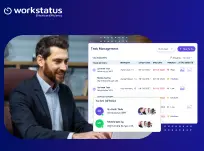Table of Contents
Introduction
Have you ever wondered how your morning coffee routine might be more than a caffeine fix?
Enter the world of ‘coffee badging,’ a rising trend in corporate culture that goes beyond the realms of the traditional 9-to-5.
According to a recent survey by Owl Lab, 58% of nearly 2,000 employees on a hybrid work model confessed to actively engaging in coffee badging.
In this blog post, we’ll dive into the intricacies of this phenomenon, exploring its origins, key features, and the impact it’s having on the way we perceive and experience work in the modern era.
Join us as we unravel the ‘coffee badging’ layers and its significance as a new corporate trend.
What Is ‘Coffee Badging?
Coffee badging refers to a trend where employees briefly show up at the office, often to grab a coffee or socialize with colleagues, and then leave to work remotely.
This practice has emerged as a protest against mandatory in-office work, especially as companies call employees back to the office.
It involves employees briefly appearing, clocking in, grabbing a coffee, and then vanishing back home to work remotely.
Reasons For Coffee Badging Among Employees?
- Protest Against Inflexible Work Policies:
Employees may engage in coffee badging as a silent protest against rigid in-office requirements. This trend reflects a desire for more flexibility and autonomy in work arrangements.
- Expressing Dissatisfaction with Company Culture:
Coffee badging can be a subtle rebellion against an organization’s culture perceived as unfavorable or outdated. Employees may use this tactic to voice discontent without explicit confrontation.
- Embracing Hybrid Work Preferences:
As companies call for a return to the office, employees who prefer the flexibility of remote work might resort to coffee badging to maintain a semblance of hybrid work.
This allows them to participate in the office minimally while preserving the benefits of remote collaboration.
- Seeking Social Interaction without Full Commitment:
The desire for social interaction with colleagues can drive employees to participate in coffee badging. By briefly appearing in the office, they fulfill social needs without committing to a workday in a physical workspace.
- Sending a Message to Management:
Coffee badging can be a strategic way for employees to communicate their dissatisfaction with management decisions, especially those related to implementing in-office work policies.
Percentage Of Employees In Coffee Badge
- Current Engagement in Coffee Badging:
A recent report from Owl Labs indicates that approximately 58% of employees following a hybrid work model have actively participated in the coffee badging trend.
- Growing Interest in Coffee Badging:
Beyond current participants, the report highlights an additional 8% of workers expressing an interest in experimenting with coffee badging, hinting at the potential for an increase in this trending product phenomenon.
- Demographic Distribution of Coffee Badging:
The practice of coffee badging spans across diverse age groups:
- Millennials: 63%
- Gen X: 54%
- Gen Z: 43%
- Baby Boomers: 38%
This data demonstrates that coffee badging is not confined to a specific generation but cuts across various age demographics.
- Concerns Raised Among Business Leaders:
The prevalence of coffee badging has raised concerns among business leaders, prompting a closer examination of the potential root causes and implications for organizational culture and employee satisfaction.
Read More: Moonlighting Meaning Explained & Prevention Techniques
What Are Some Examples Of Coffee Badging
1. The Coffee Chat Escape:
Employees schedule coffee meetings with colleagues primarily for socializing, not work-related discussions. After a brief in-person chat and coffee grab, they return home to continue their tasks remotely.
2. The Morning Office Ritual:
A group of employees consistently shows up at the office every morning, not for specific work requirements, but to participate in a shared morning coffee ritual. They then disperse to their remote work locations for the day.
3. The Strategic Meeting Attendance:
During mandatory in-person meetings, employees attend crucial meetings related to their projects or responsibilities. Once their part is concluded, they use the coffee break to exit the office discreetly and continue their work remotely.
4. Coffee Badge For Collaborative Sparks:
Teams working on collaborative projects schedule occasional in-person coffee sessions to foster creativity and teamwork. After the initial coffee meet-up, team members dispersed to work remotely while maintaining the collaborative spirit virtually.
5. The Hybrid Social Hub:
A company designates specific days as “social days” where employees are encouraged to drop by the office for casual coffee interactions. This initiative aims to bridge the gap between remote and in-person work, fostering community and connection.
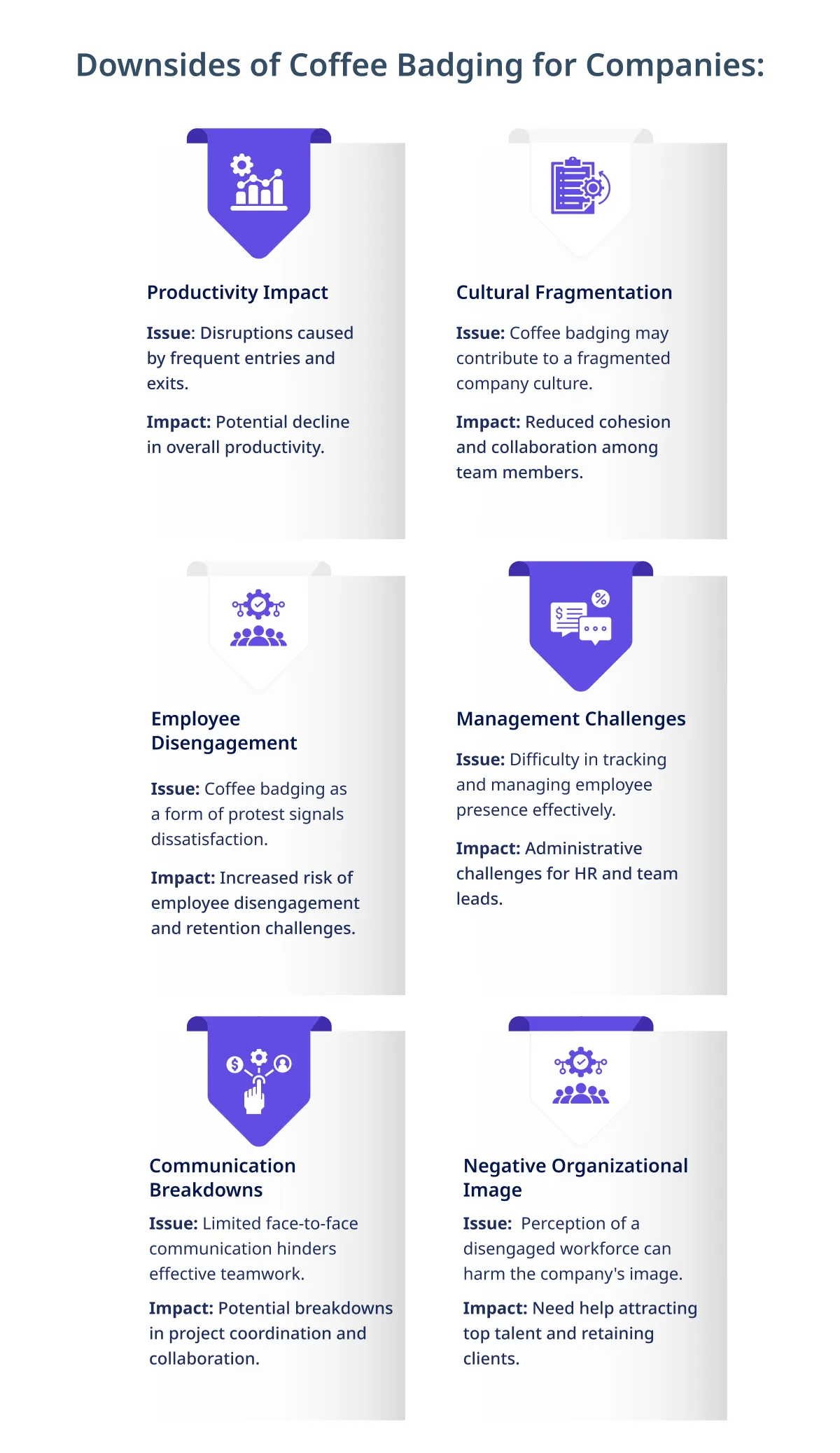
Challenge Of Coffee Badging And Workstatus Solutions
Challenge: Time Tracking:
Coffee badging can lead to a lack of accurate time tracking, as employees may exploit flexible work hours, making monitoring their actual working hours challenging.
Solution Through Workstatus:
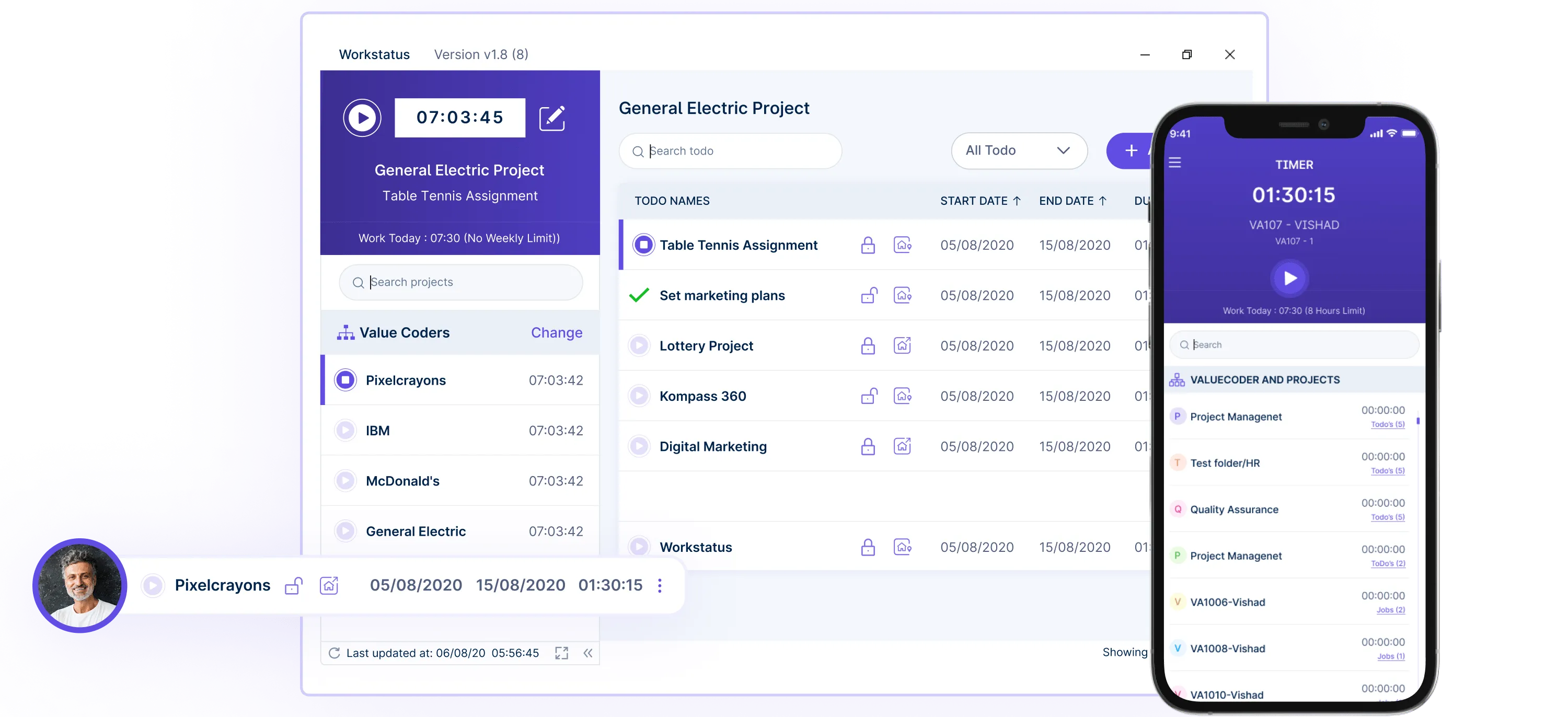
- Real-time Tracking: Workstatus provides advanced real-time tracking features, ensuring accurate recording of work hours, including start and end times.
- Inactivity Alerts: Automated alerts notify managers if employees remain inactive for extended periods, reducing the likelihood of misuse and encouraging consistent productivity.
- Detailed Reports: Workstatus generates comprehensive reports that offer insights into daily activities, providing a transparent overview of an employee’s workday and facilitating effective performance management.
Read More – 7 Reasons Why You Need Time Tracking Reports For Better Performance
Challenge: Online Timesheets:
Manual timesheet entries can be manipulated, leading to inaccuracies in recorded work hours and potentially allowing employees to disguise instances of coffee badging.
Solution Through Workstatus:
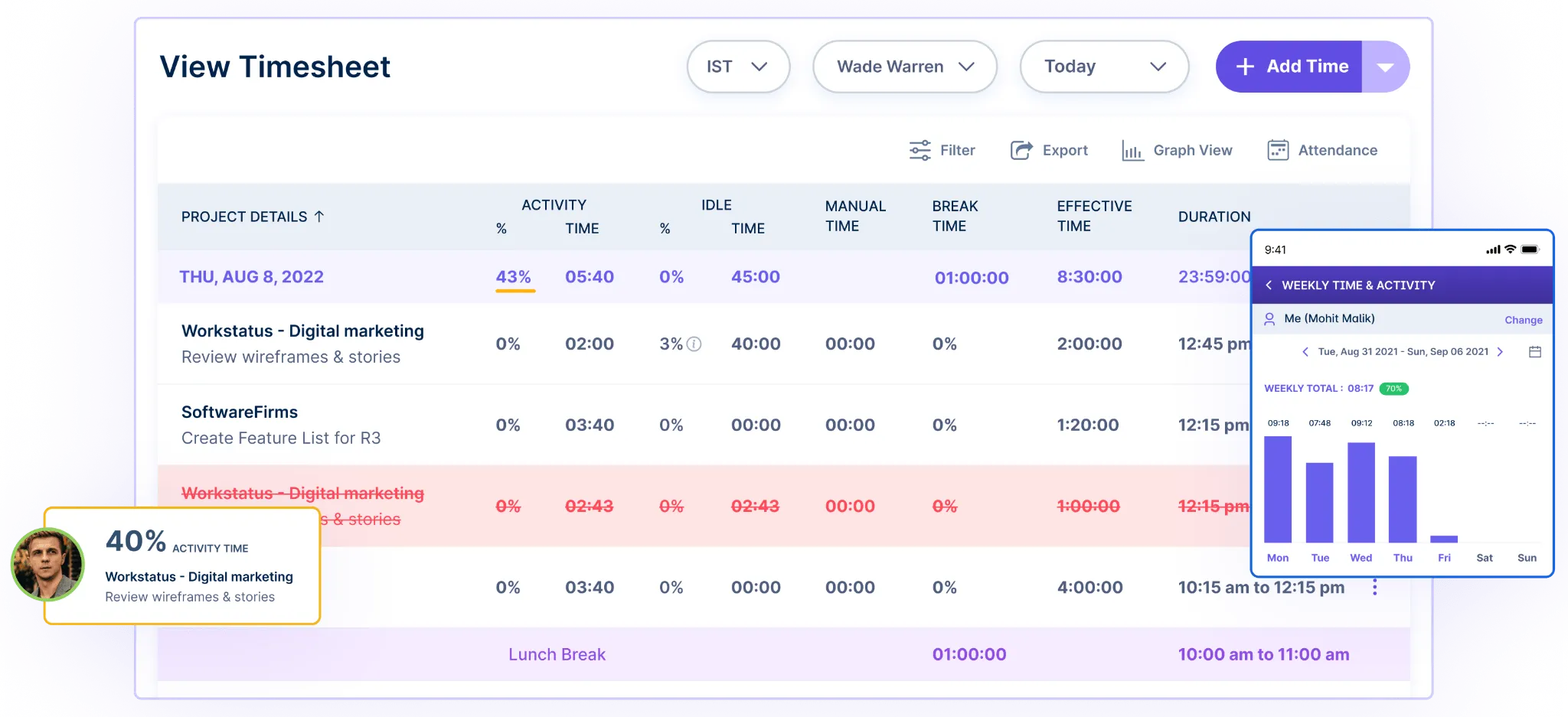
- Automated Entries: Workstatus offers automated timesheets, minimizing the risk of human error or manipulation and providing a reliable record of actual work hours.
- Activity Logs: Detailed logs within Workstatus showcase specific tasks and activities, providing a more granular understanding of an employee’s workday beyond clock-in and clock-out times.
- Approval Workflow: Workstatus integrates an approval workflow for timesheet entries, ensuring accuracy and authenticity through a managerial validation process.
Challenge: Attendance Management with Selfie Validation:
Traditional attendance methods may be vulnerable to proxy attendance or unauthorized clock-ins, undermining the reliability of attendance records.
Solution through Workstatus:
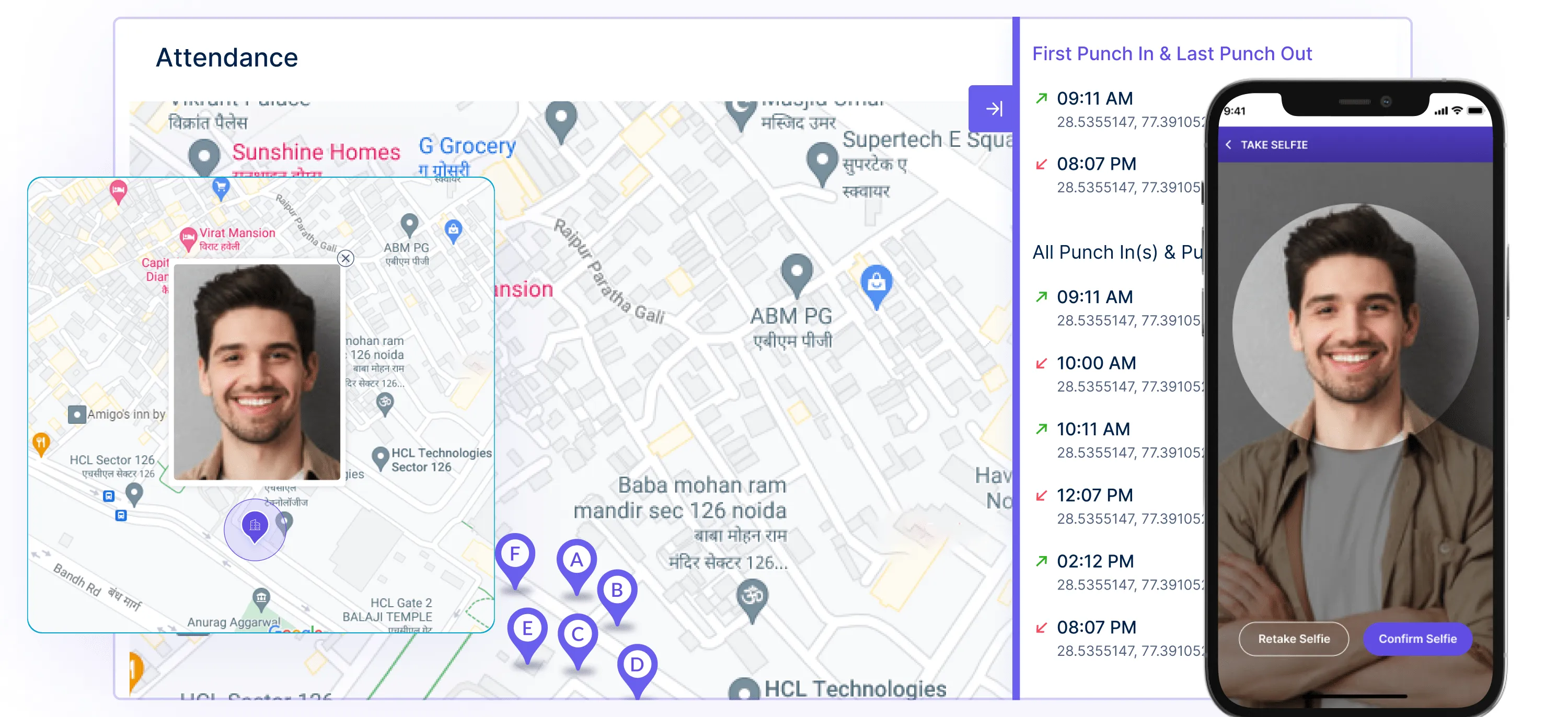
- Selfie Validation: Workstatus incorporates advanced facial recognition technology for attendance, minimizing the risk of proxy attendance and ensuring that employees physically present are the ones marking their attendance.
- Real-time Attendance Logs: Managers receive instant updates on attendance through Workstatus, reducing the window for fraudulent activities and providing timely insights into employee presence.
- Geo-tagged Check-ins: Workstatus adds an extra layer of validation by geo-tagging check-ins, confirming that employees are not only logging attendance but also physically present at the designated location.
Challenge: Time Off Management:
Managing time-off requests effectively becomes challenging, especially when employees exploit coffee badging to avoid formal time-off requests.
Solution through Workstatus:
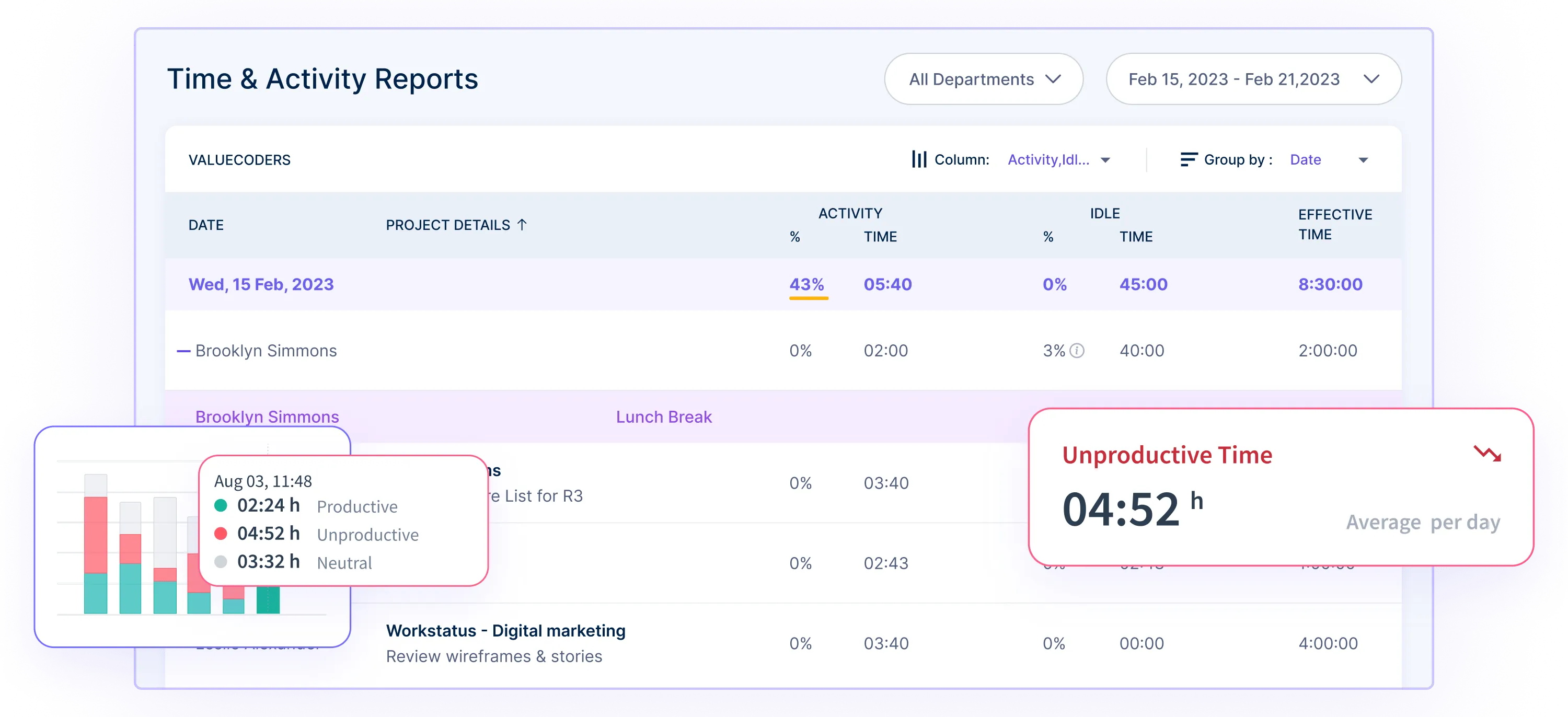
- Automated Time-Off Requests: Workstatus streamlines time-off management with automated request systems, allowing employees to submit requests seamlessly.
- Managerial Approval Workflow: The platform incorporates a robust approval workflow, ensuring that managers appropriately review and approve time-off requests.
- Accrual Tracking: Workstatus enables accurate tracking of time-off accruals, promoting transparency and fairness in time-off policies.
Challenge: Automatic Time Mapping:
Coffee badging may lead to discrepancies in mapping actual work hours and tasks, making understanding how time is utilized challenging.
Solution through Workstatus:
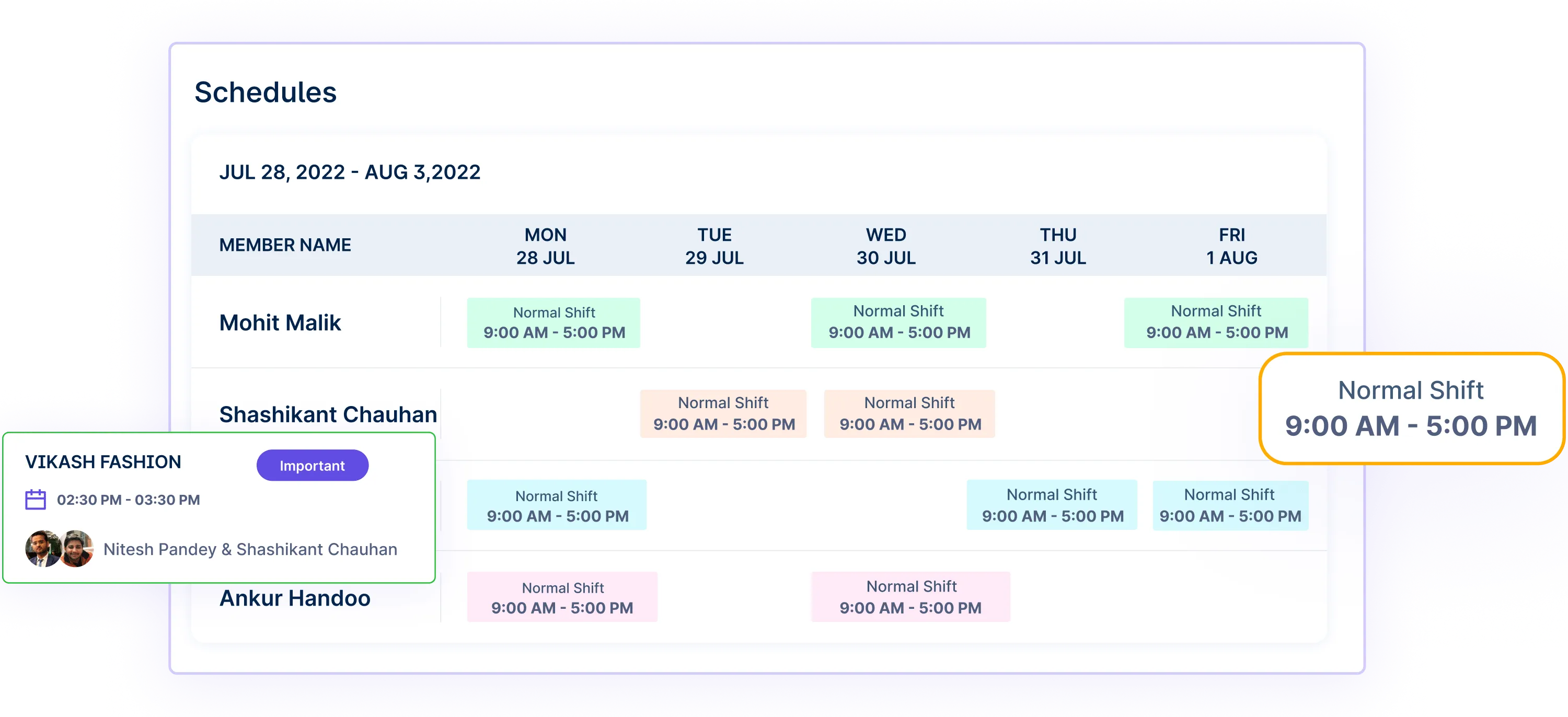
- Task-Specific Time Mapping: Workstatus automatically maps time spent on specific tasks, providing a detailed breakdown of work activities throughout the day.
- Project-based Allocation: Employees can allocate time to specific projects, enhancing project management and ensuring accurate billing or resource allocation.
- Visual Timelines: Workstatus visualizes daily timelines, offering a clear overview of how time is distributed and aiding employees and managers in optimizing productivity.
Challenge: Geofencing for Attendance:
Verifying the authenticity of employee attendance becomes challenging, especially when coffee badging involves a brief physical presence.
Solution through Workstatus:
![]()
- Defined Geofence Parameters: Workstatus implements geofencing to set specific location parameters for attendance, ensuring that employees are physically present within the designated workspace.
- Mobile App Integration: Geofencing features in the Workstatus mobile app validate attendance based on the employee’s location, minimizing the risk of unauthorized attendance logging.
- Real-time Geofence Alerts: Managers receive real-time alerts if employees enter or leave the designated work area, enhancing the accuracy of attendance records and discouraging fraudulent practices.
Read More – Top 11 Benefits Of Geofencing Attendance Tracking
Challenge: Central Dashboard:
Monitoring and managing multiple aspects of coffee badging, such as attendance, time tracking, and project progress, can become cumbersome without a centralized system.
Solution through Workstatus:

- Unified Overview: Workstatus provides a centralized dashboard offering a suitable overview of key metrics, including attendance, time tracking, project progress, and team activities.
- Customizable Widgets: The central dashboard allows customization with widgets, enabling managers to prioritize and display information most relevant to their specific needs.
- Real-time Insights: Managers can access real-time insights, facilitating prompt decision-making and ensuring a proactive approach to addressing challenges related to coffee badging.
Challenge: AI-Powered Reports for Work Pattern and Attendance:
Identifying patterns and trends related to coffee badging, work productivity, and attendance manually can be time-consuming and prone to oversight.
Solution through Workstatus:
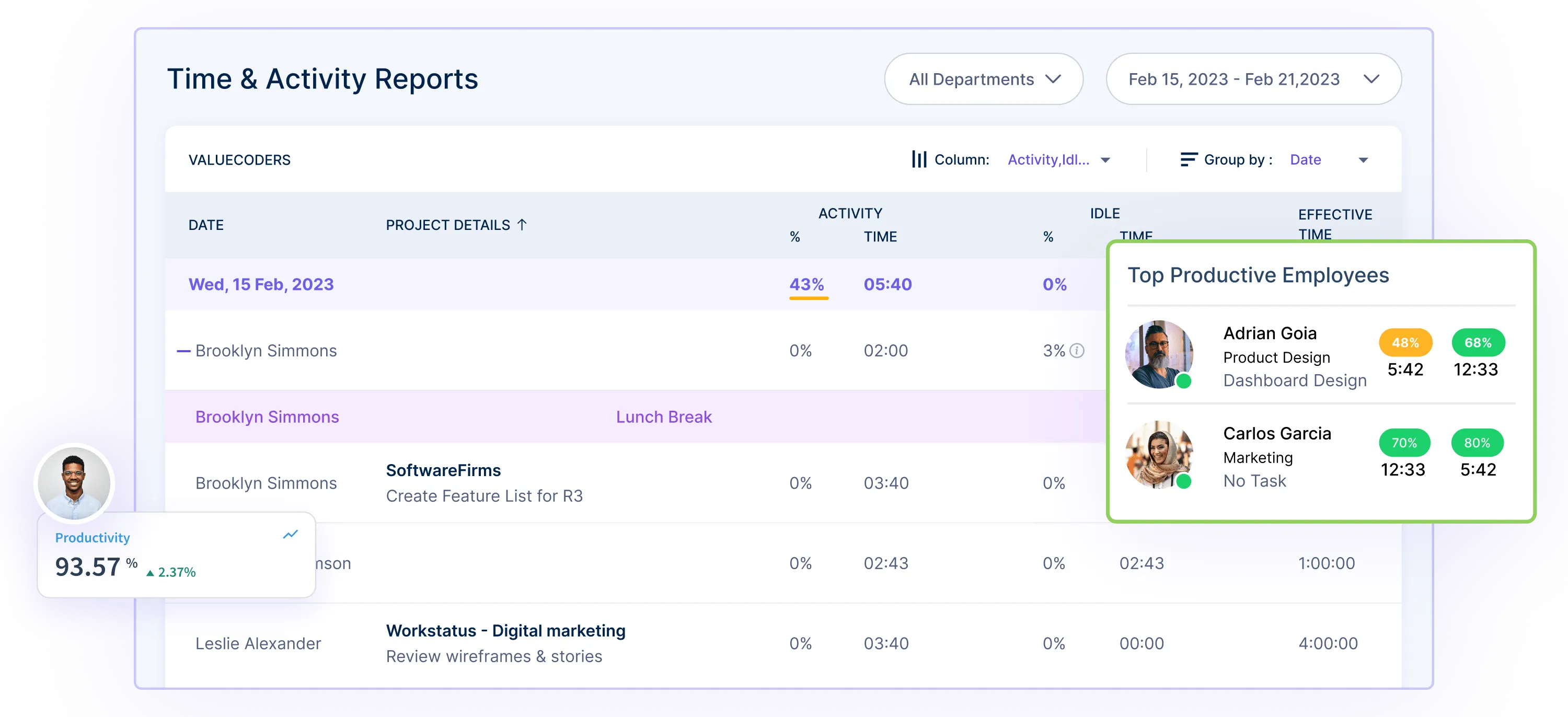
- AI-driven Analytics: Workstatus employs AI-powered algorithms to analyze data and generate insightful reports on work patterns, attendance trends, and productivity metrics.
- Predictive Analysis: The platform provides predictive analysis, helping managers anticipate potential issues related to coffee badging, absenteeism, or productivity decline.
- Smart Recommendations: AI-powered reports offer smart recommendations for optimizing work patterns, attendance management, and overall workforce productivity, enhancing strategic decision-making for organizational leaders.
Future Trends and Predictions
Projected Trajectory Of Coffee Badging In Corporate Settings:
- Hybrid Work Endurance
Coffee badging is anticipated to persist as a symbolic gesture amid the hybrid work model, with employees seeking a balance between office presence and remote flexibility.
- Adaptation to Evolving Work Norms
As corporate landscapes evolve, coffee badging may catalyze organizations to reevaluate and adapt their workplace policies to align with changing employee expectations.
Potential Innovations and Variations:
- Technology Integration
Innovations may involve further technology integration, such as wearable devices or advanced biometrics, for more secure and streamlined coffee badging practices.
- Flexible Hybrid Structures
Companies may explore variations, creating flexible hybrid structures that allow employees to engage in coffee badging while optimizing collaboration and productivity.
Influence on Broader Workplace Trends:
- Emphasis on Employee Experience
Coffee badging reflects a growing emphasis on employee experience, prompting companies to prioritize flexible work arrangements and social connections.
- Impact on Organizational Culture
The trend may influence a shift in organizational culture, encouraging adaptability, inclusivity, and a balance between in-person and remote work dynamics.
As we look ahead, coffee badging is poised to shape the future of work, influencing not only corporate settings but also driving innovations that enhance employee experience and redefine broader workplace trends.
Conclusion
In navigating the challenges posed by coffee badging, Workstatus emerges as a comprehensive solution, addressing key aspects from time tracking and attendance management to insightful analytics.
With features like automated timesheets, geofencing, and an AI-powered central dashboard, Workstatus streamlines operations and provides real-time insights for informed decision-making.
By embracing these tools, companies can foster a culture of transparency, accountability, and productivity, mitigating the potential downsides of coffee badging and paving the way for a more efficient and connected workforce.




